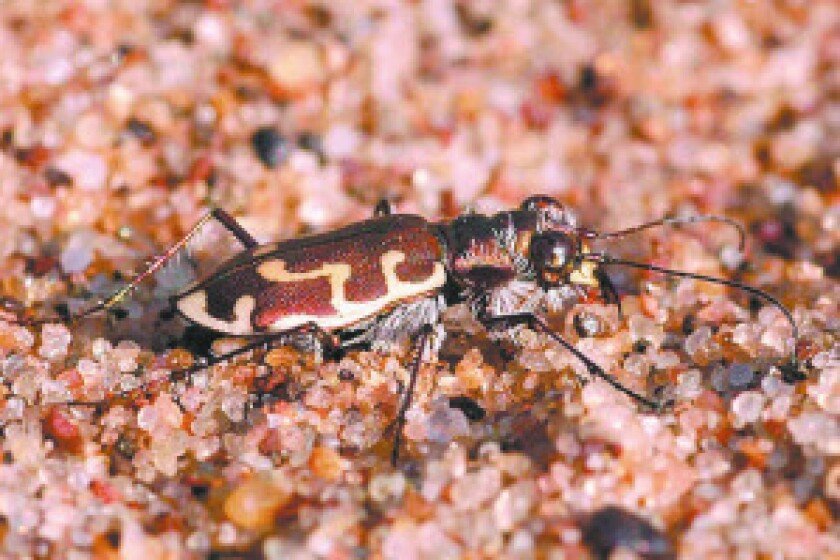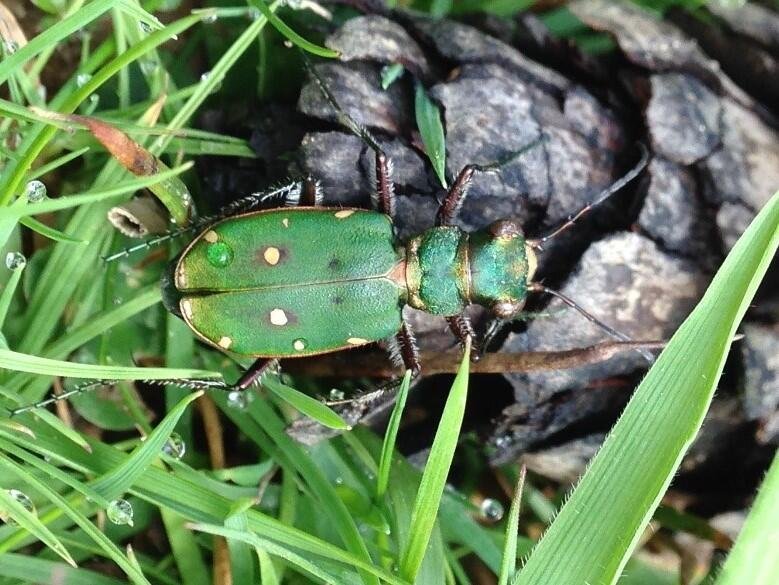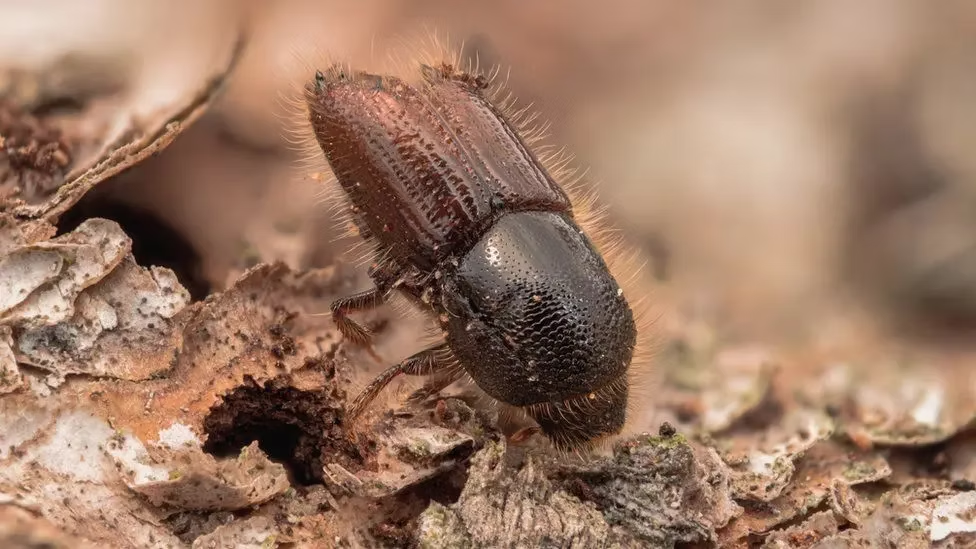Rare Beetle Breeding Breakthrough Boosts Insect Conservation

Rare beetle breeding has reached a breakthrough as a conservation team successfully bred one of England’s rarest insects in captivity. The endangered heath tiger beetle, known for its charcoal wing cases with yellow markings, is now thriving at Sparsholt College near Winchester. This milestone marks the first successful breeding of the species, thanks to a joint effort between Sparsholt College and the Species Recovery Trust.
Heath Tiger Beetle: A Symbol of Rare Beetle Breeding Success

The heath tiger beetle (Cicindela sylvatica) is a fast-moving predator. Despite its toughness, the species is now very rare in England. It survives at only a few sites in the south. The biggest reason for its decline is the loss of lowland heathland, its natural home. Urban growth and poor land management have caused this habitat to shrink.
Rare Beetle Breeding Achieved in Captivity for the First Time
Last year, a pair of beetles were collected from a site in Surrey. They were moved to a custom-built enclosure at Sparsholt College. There, experts recreated the beetles’ natural habitat. This year, the team saw healthy adults emerge.
“We are thrilled to see them,” said Charlotte Carne, Project Officer at the Species Recovery Trust. “These beetles are now incredibly rare. It would be wonderful to return them to heathland areas where they’ve vanished.”
Hope for the Future: Breeding and Reintroduction Plans
The breeding success is only the beginning. The team now plans to grow the captive population. Their long-term goal is to release the beetles into suitable areas in Surrey and Dorset. These sites once supported the species but lost them over time.

Gary Miller, Head of Zoo at Sparsholt College, said, “This is a big step for us. It helps support the small wild population that still exists. We’ve already spent seven years preparing for this.”
Why Captive Breeding Is Important
For rare species like the heath tiger beetle, captive breeding is a lifeline. It helps preserve genetic diversity. It also gives habitats time to recover. Captive populations can later boost wild numbers. And most importantly, they protect species from vanishing forever.
This success shows how science and care can work together to save wildlife. The beetle’s survival depends on continued effort.
Bringing Life Back to Heathlands

The team’s efforts could also help the entire heathland ecosystem. Heath tiger beetles are top insect predators. They control the population of smaller bugs. This balance supports healthy biodiversity. Bringing the beetles back could signal wider ecological recovery.
A Small Insect, A Big Victory
The news that a team breeds rare beetle for first time is a bright spot in conservation. It proves that even the smallest creatures can be saved. With ongoing support, these beetles may soon return to their rightful homes in England’s heathlands.





Awesome! Its genuinely remarkable post, I have got much clear idea regarding from this post
I appreciate you sharing this blog post. Thanks Again. Cool.
I very delighted to find this internet site on bing, just what I was searching for as well saved to fav
Hi there to all, for the reason that I am genuinely keen of reading this website’s post to be updated on a regular basis. It carries pleasant stuff.
Very well presented. Every quote was awesome and thanks for sharing the content. Keep sharing and keep motivating others.